With the time change two weeks ago many people became aware that the year is almost over again. The beaches are empty, the barbecue weather is over and many hiking trails are closed. A thick winter jacket, scarf and gloves belong to the standard equipment. While some can hardly wait for the beginning of spring, others are looking forward to the ski season. But how does nature prepare itself for the cold season? And what does a farmer from Zurich have to do with the time change?
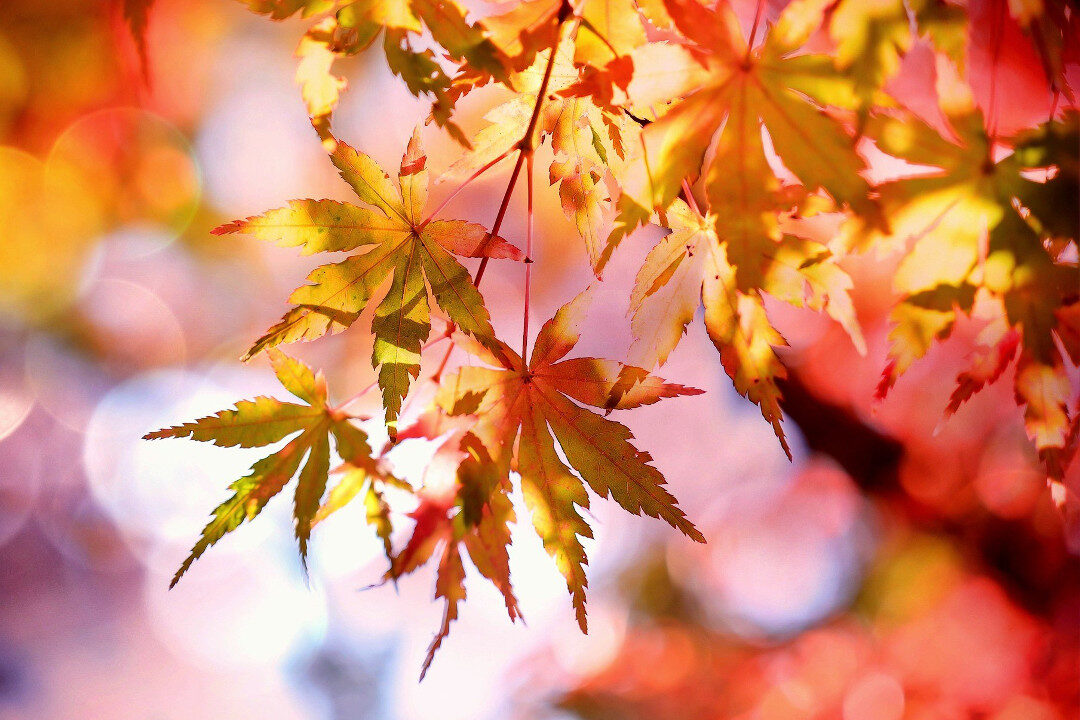
Why trees throw off their leaves
For many, the coloured leaves on the trees or on the ground are the symbol par excellence for autumn. As the days become shorter and the hours of sunshine decrease, the trees break down the chlorophyll, which provides the green colour of the leaves and converts the carbon dioxide of the air and water into dextrose and oxygen by means of photosynthesis. Now the yellow, red and orange pigments, covered by chlorophyll, appear. The colourful splendour does not last long, however, because sooner or later all the leaves fall to the ground. The reason: with the storage of chlorophyll in the roots, branches and trunk, the trees form a separating tissue between twig and petiole, which gradually cork up. A slight gust of wind is now enough for the leaves to fall off.
The deciduous trees do all this to ensure their survival. Otherwise they would die of thirst. Because a large part of the water evaporates through the leaves and the roots can draw less and less water out of the soil during the cold season, they have to throw away their “water wasters” in order not to dry up. On the forest floor, the leaves are then crushed by centipedes, isopods, earthworms and many other animals until the fungi and bacteria in the soil finally decompose them into humus.

How animals survive the winter
Not only the plants, but also the animals are preparing for winter: Most of the birds fly to warmer countries, while so-called “sedentary birds” such as sparrows, tits or blackbirds remain in Switzerland. Other winter-active animals such as deer, foxes and hares cavort in the forests. The others hibernate.
Animals such as fish, frogs, lizards and insects hide in a hiding place and spend the winter inactive or dormant: their bodies freeze in very cold temperatures and only wake up again when it gets warmer outside.
Squirrels, badgers, raccoons and brown bears, on the other hand, hibernate. They lower their body temperature, wake up from time to time and occasionally look for food.
Other animals such as hedgehogs, bats, marmots and dormice eat nothing at all and can reduce their body temperature and heart rate many times over during hibernation. They wake up occasionally, but not to look for food, but to change their sleeping position and give up excrement. For this reason you should never wake up hibernating animals, because this costs them energy every time and possibly even death, because there is no food available.
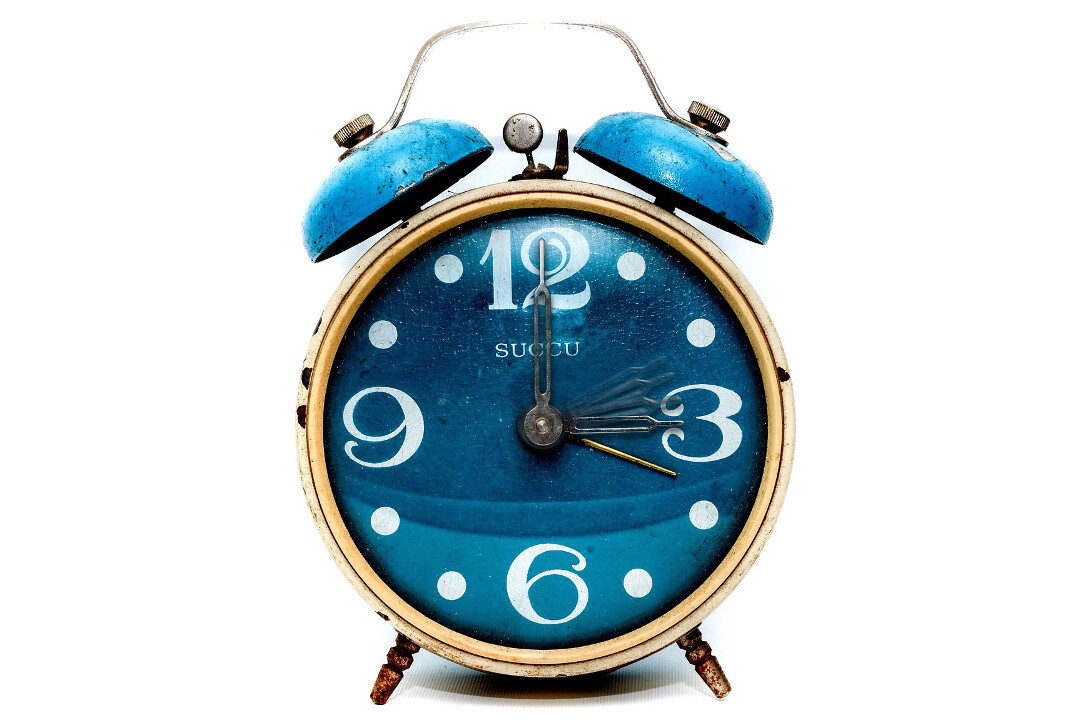
Save energy thanks to time changeover?
For almost 40 years now, we have been moving one hour forward or back in March and October. An important reason for the introduction of summer time was the hoped-for energy saving in view of the 1973 oil crisis: less energy was to be used to generate artificial light and sleeping time was to be shifted to hours with less daylight. Whether this change really resulted in lower energy consumption is still controversial today. In any case, Germany and Austria also introduced summer time in 1980, while in Switzerland (at least for one year) there was still only winter time. So it happened that trains coming from Austria had to wait an hour at the border in order to be able to keep to the swiss timetable again.
Why farmers took the referendum
Switzerland as a “time island” came into being in 1978 when the electorate voted against the new time law. Five young farmers from Zurich had successfully collected 80,000 signatures (instead of the 30,000 required at the time) for a referendum. They feared that the change in time would disrupt their working rhythm and the rhythm of their animals. Among other things, they would no longer have time for their rehearsals at the theatre, as they would only be able to bring in the hay after milking due to the later sun peak. And also the cows are used to being milked at the same time. Contrary to the will of the people, there should not be a time island after the summer of 1980: A year later, the Federal Council and Parliament decided to do the same for all European countries around it and on 29 March 1981, for the first time, also presented the clocks by one hour.
So if the EU pushes through its currently discussed plans for the abolition of the time change due to the negative effects on the rhythm of humans, animals and nature, Switzerland has no choice but to follow suit.
In the hope that your inner clock has settled down again since the changeover, Mucca.ch wishes you a contemplative pre-Christmas period. And if you are already in the mood for a cosy evening in front of the open fire, ask the farmer near you for firewood (click here for Mucca farms).
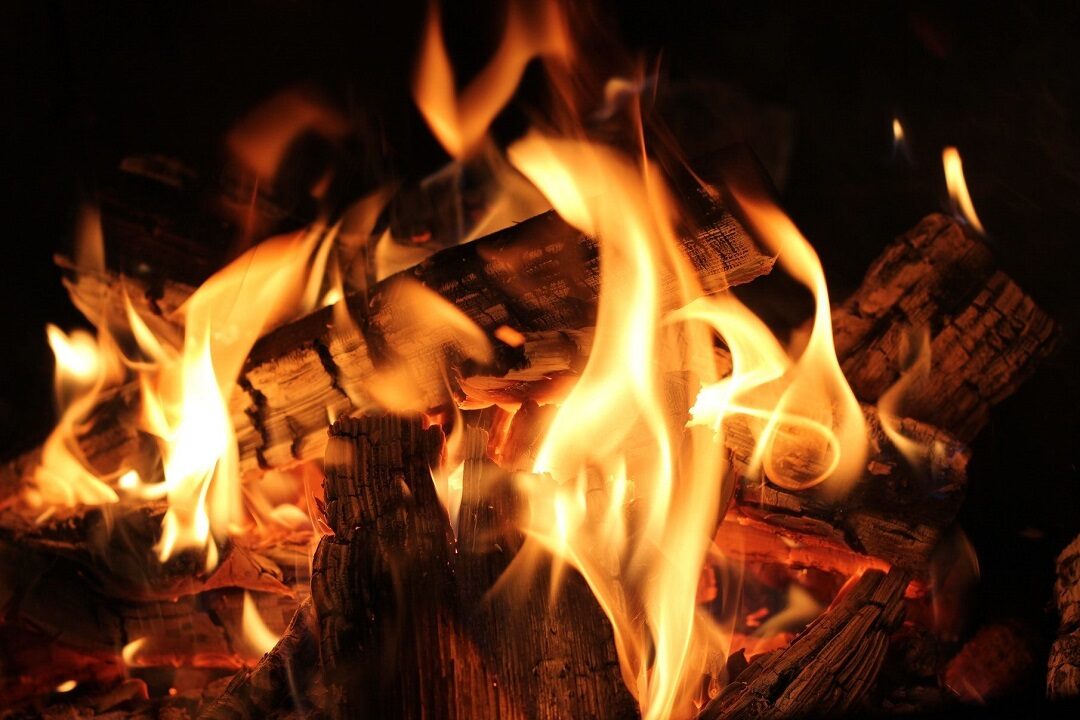

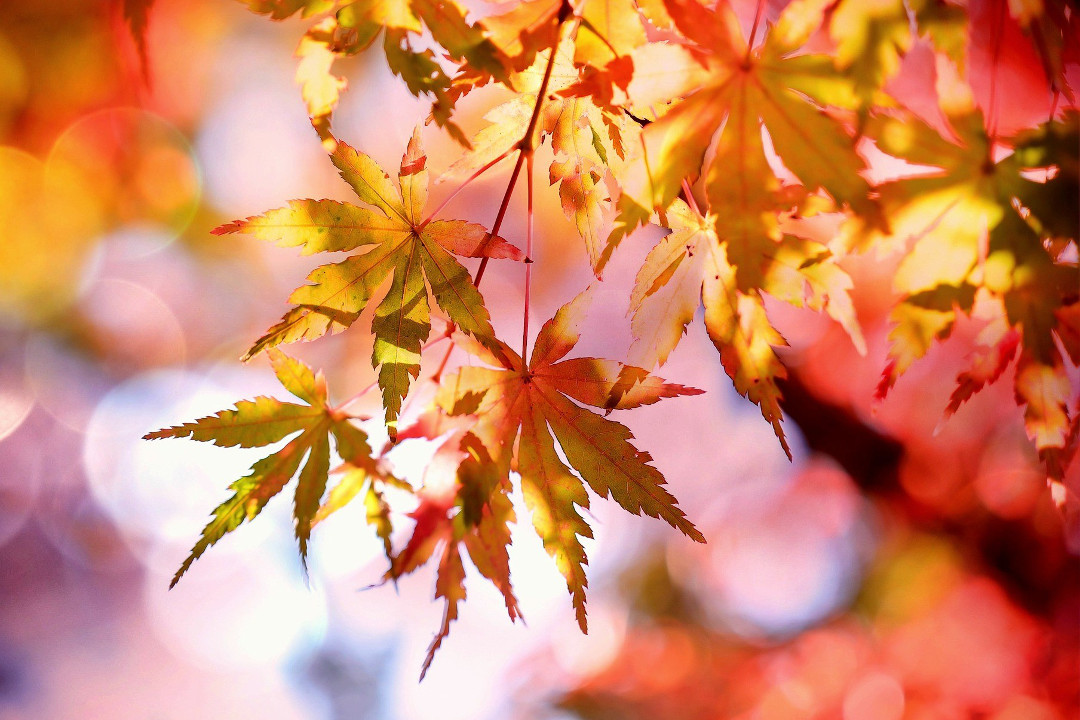

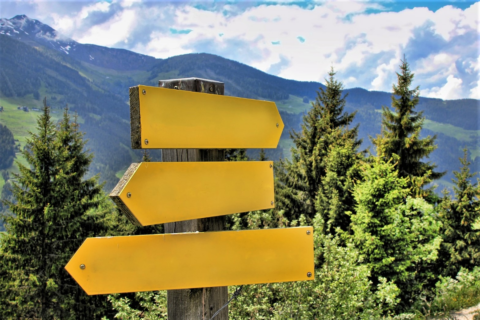
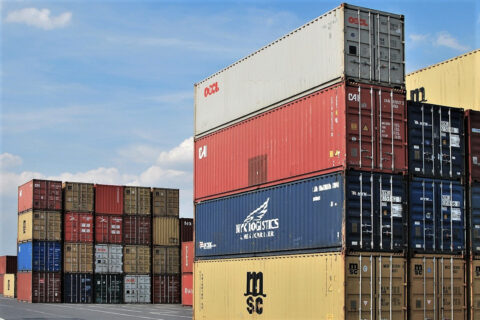
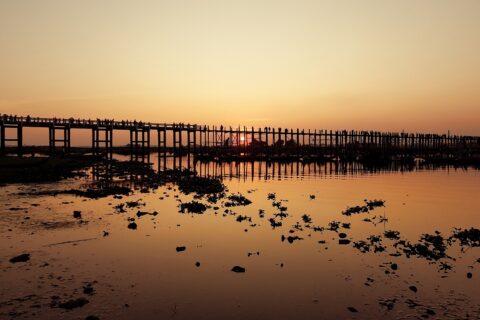
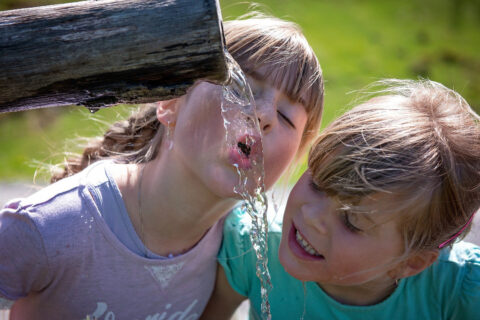

Leave a comment